Herbs’ concentrated flavors come from the concentrated vitamins, minerals, oils and micro-nutrients they contain. Some herbs, such as lavender and chamomile, produce proven physical changes in the mind and the body just from breathing in their aromas. Eating whole, fresh herbs as part of a meal doesn’t just vastly improve the flavor, it also bumps up the nutritional level of the meal.
I prefer fresh herbs for most uses and always try to have thyme, oregano, basil, sage, rosemary, parsley and cilantro in pots or beds just outside a door for quick and easy picking at mealtime. For some things, such as oven roasted meats, I feel that dried herbs work better. Luckily, most dried herbs retain almost all of their nutritional value and have even more concentrated flavors than the fresh version.
The specific nutrients vary widely among the different common culinary herbs. This accounts for the wide range of distinct flavor profiles and aromas. This is also another reason why I like to combine smaller amounts of several herbs in one dish or meal. The variety ensures a more complete nutritional spectrum as well as more interesting and complicated flavors.
Rosemary:
*Good source of calcium, iron and fiber
*Improves speed and accuracy of cognitive functions
*Anti-inflammatory compounds can reduce the severity of asthma attacks
Basil:
*Strong anti-oxidant properties
*Protects cell structures from radiation damage
*Anti-bacterial properties
Oregano:
*Anti-oxidant, anti-bacterial and anti-viral properties
*Used to treat cough, congestion and fever
Parsley:
*Excellent source of vitamins K, C and A
*High in volatile oils and flavonoids, for strong anti-oxidant properties
*Good source of folic acid for protecting heart and blood vessels
Cilantro:
*Strong ability to remove heavy toxic metals from the body
*Increases insulin sensitivity and decreases blood glucose levels
*Anti-fungal and anti-oxidant properties
Thyme:
*Very high in vitamin K, iron, manganese and calcium
*Volatile oils can increase the amounts of healthy fats in cell structures
*Favonoids for anti-oxidant activity
Sage:
*Very high amounts of vitamin K
*Phenolic acids and volatile oils for anti-inflammatory and anti-oxidant properties
*Proven to improve memory functions
*Very high in vitamin C
*Good source of dietary fiber
All of these herbs can easily be incorporated into a healthy whole food diet. Rosemary, thyme and oregano sprigs can be added to steaming or roasting vegetables. Whole leaves and sprigs in a clay cooker or covered roasting pan infuses the flavor and aroma of the herbs throughout the food. I love fresh whole basil and oregano leaves in a tossed greens salad. Stuffing a chicken with fresh herbs before roasting is a great way to season the entire bird during cooking. Rosemary sprigs can be stuck into a leg of lamb like toothpicks to provide flavor during roasting.
It is a very rare dish in my kitchen that does not contain any herbs. Herbs are just too nutritionally important not to make frequent use of them. They are mostly quite easy to grow, as well, whether outside in pots or a small bed or inside on a sunny window sill. Growing herbs at home also eliminates waste and reduces cost to almost nothing.

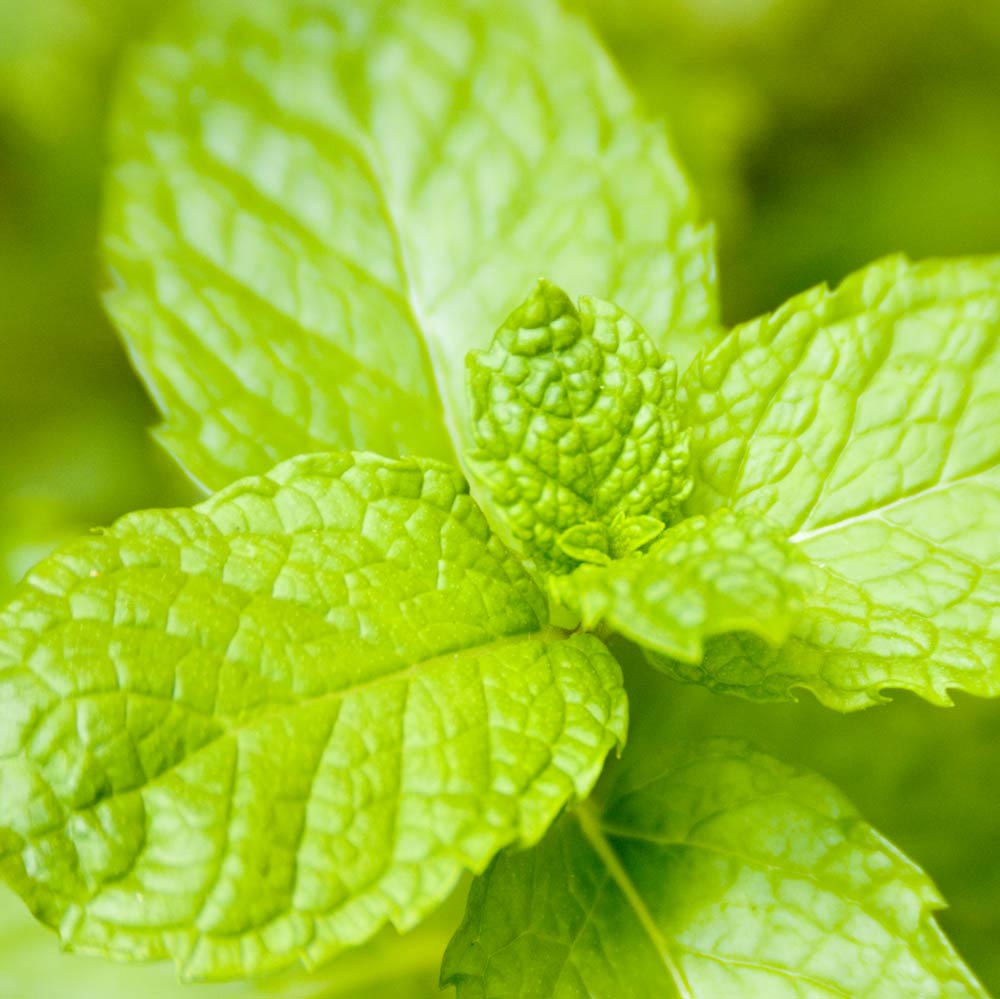
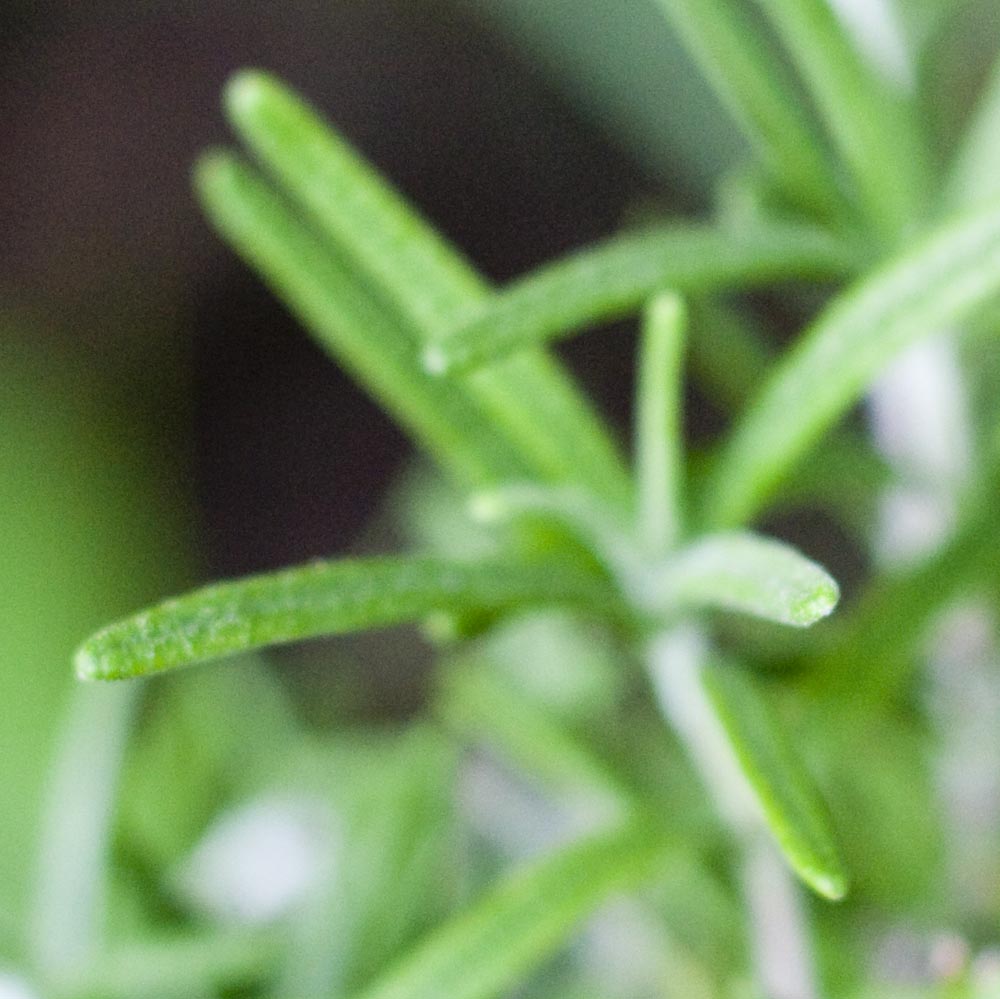
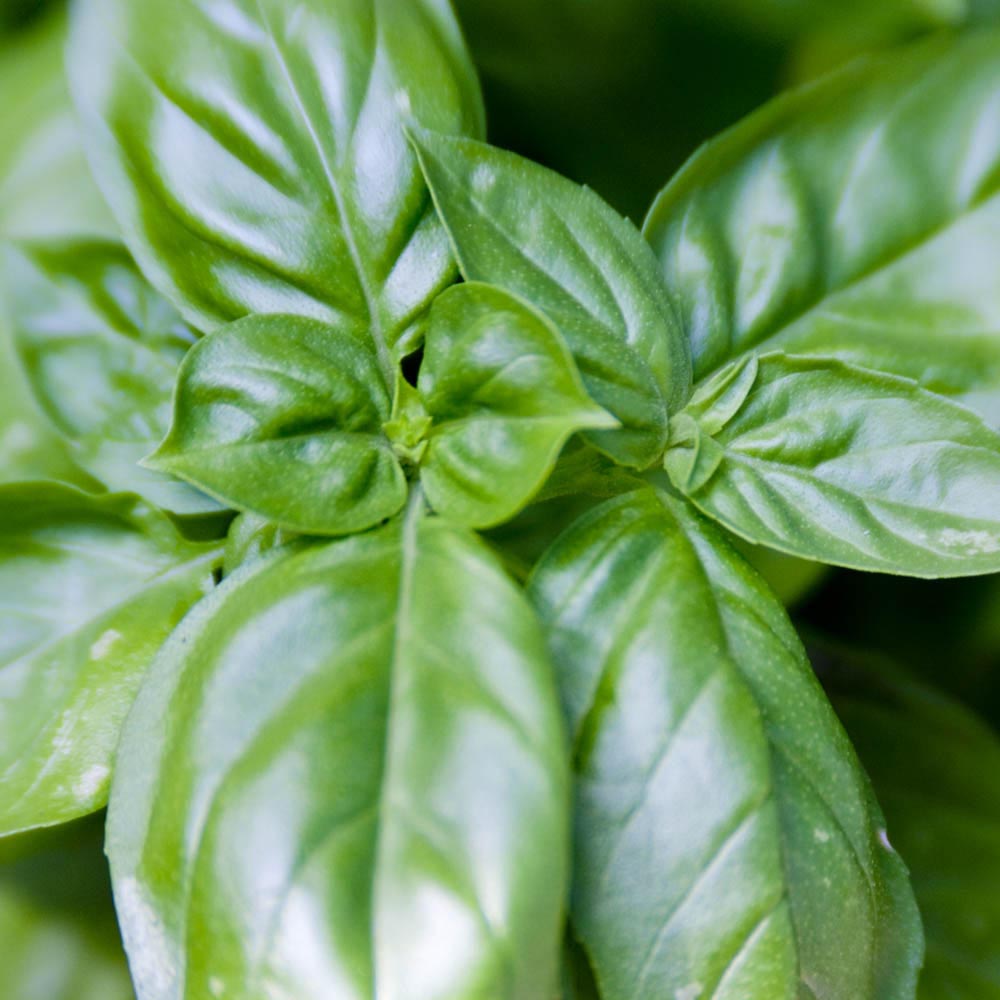
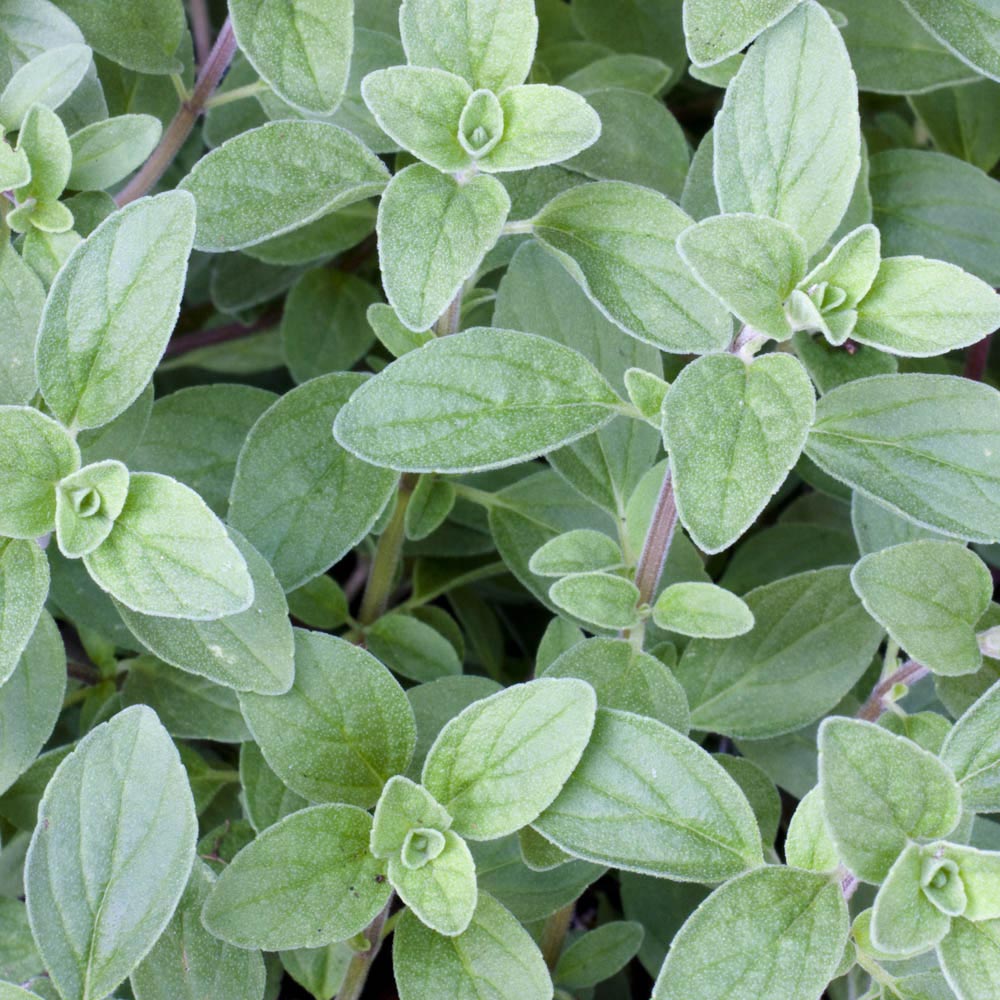
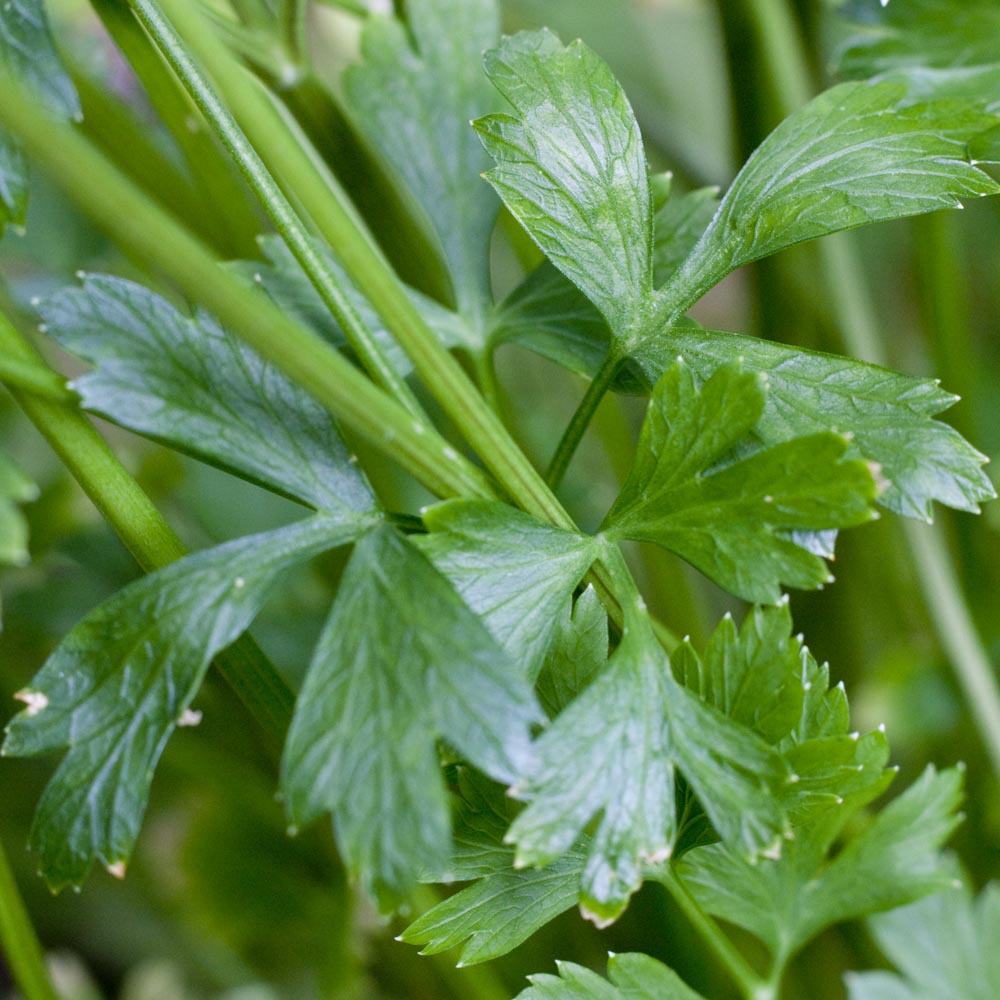
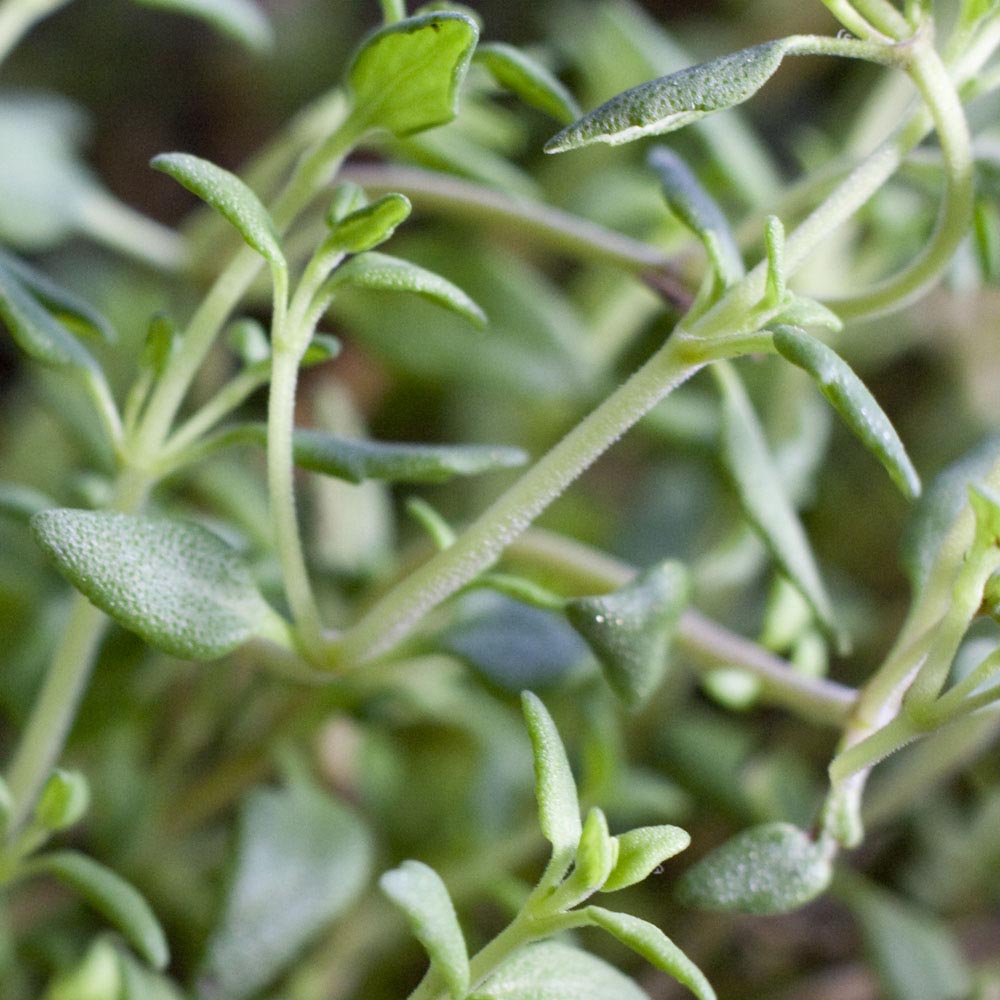
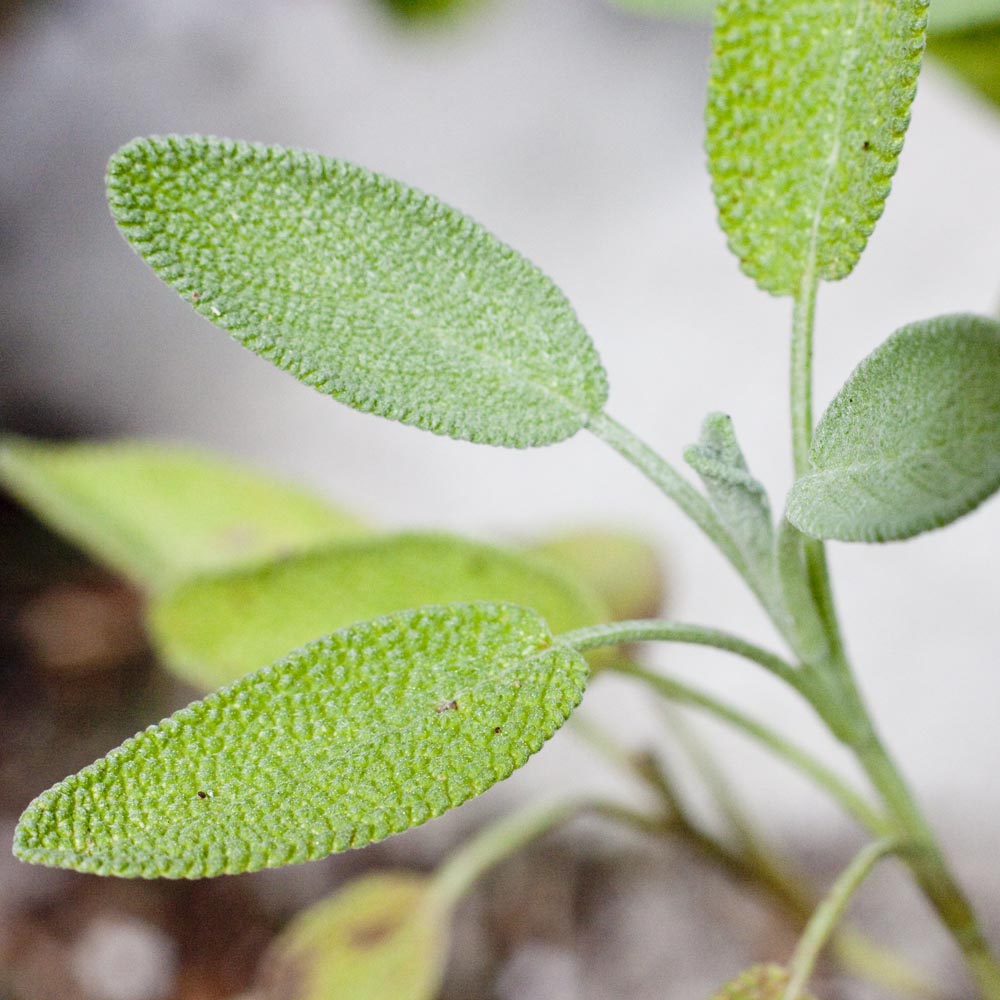
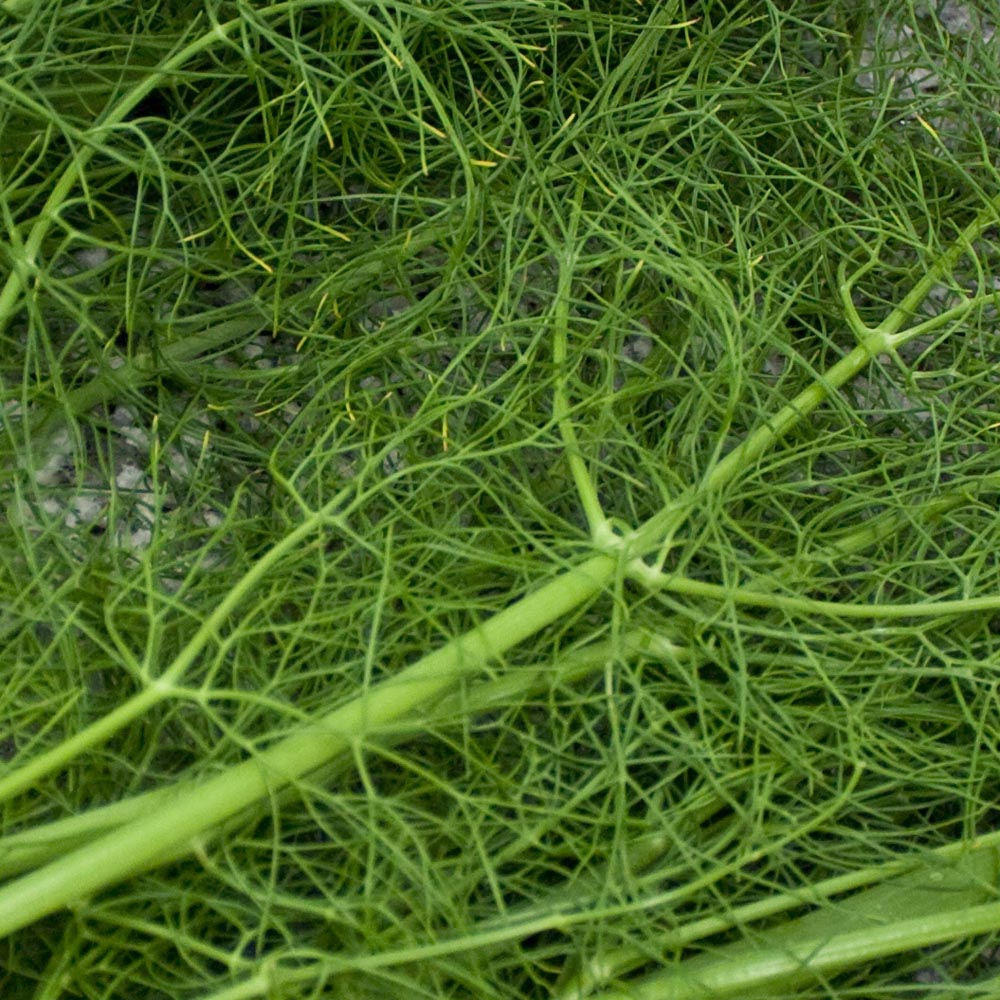
Pingback: Pot Of Beans Recipe | Think, Eat, Be Healthy